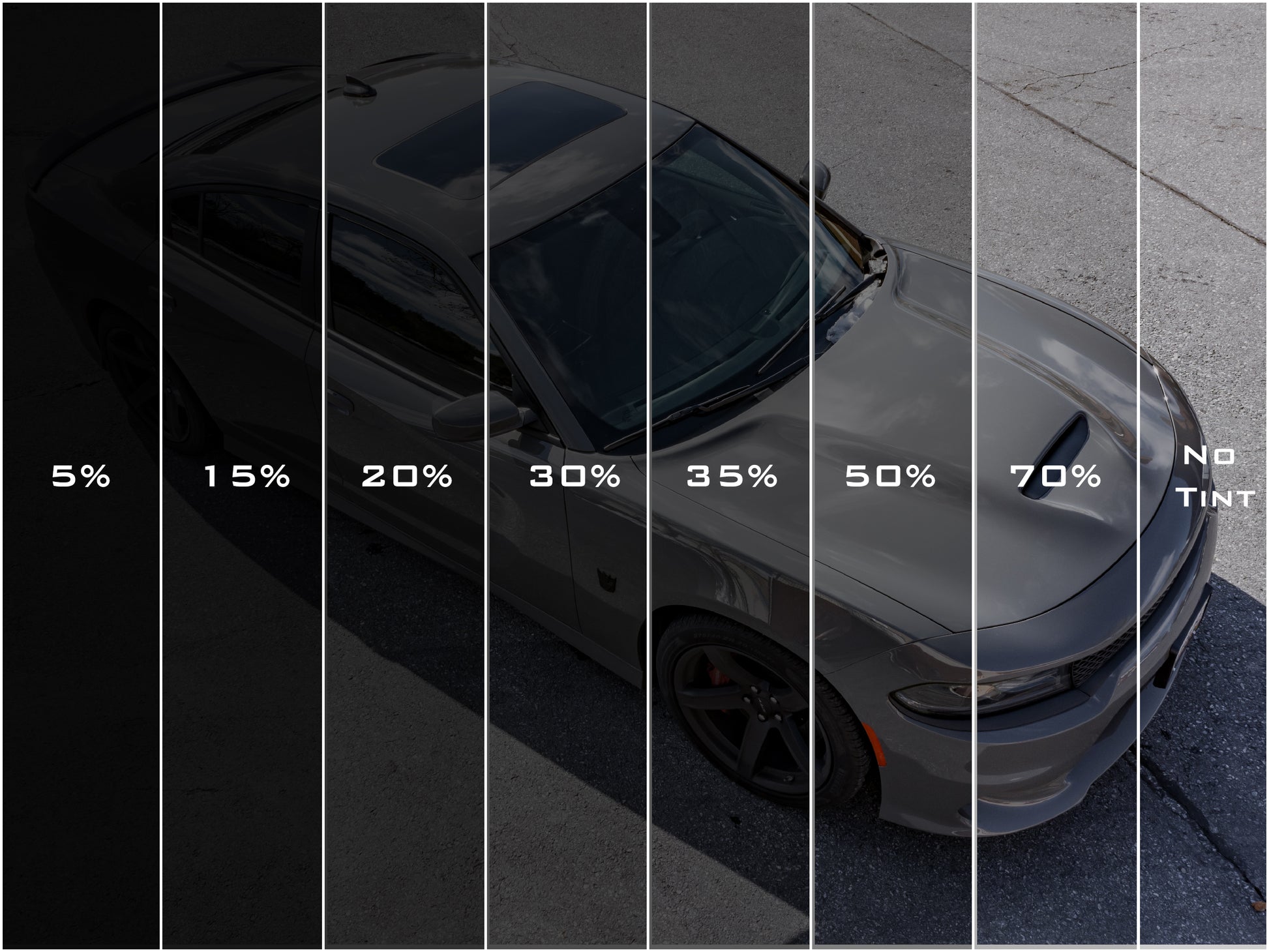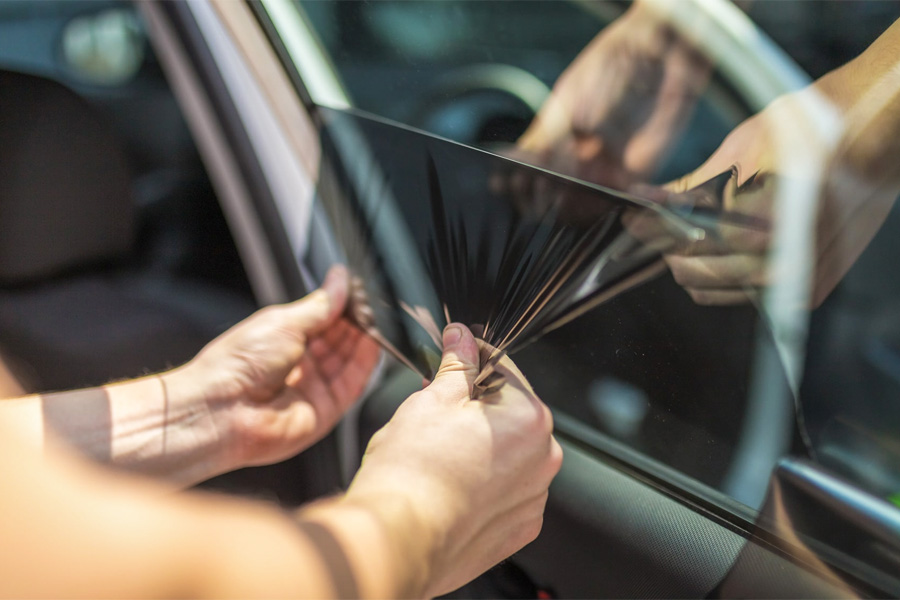Window Tinting Regulations and Standards: What You Need to Know Prior To Tinting Your Car
Before continuing with window tinting for your lorry, it is necessary to acquaint yourself with the varied laws and standards that govern this technique across various states. These guidelines determine the permitted levels of tint darkness, often gauged by noticeable light transmission (VLT) portions, and consist of particular specifications for front windshields targeted at guaranteeing road safety. Additionally, particular territories might use medical exemptions for individuals with certifying problems. Recognizing these intricacies can conserve you from potential lawful ramifications, but what are the certain policies in your state?
Overview of Window Tinting Rules
Home window tinting laws are frequently subject to variation throughout various territories, reflecting neighborhood regulations and safety and security considerations. These laws dictate the allowable levels of color darkness and reflectiveness on vehicle windows, making certain that drivers maintain sufficient exposure while likewise protecting against dangerous UV rays and warmth.
Many policies identify window tinting based on the Visible Light Transmission (VLT) percent, which shows the amount of light that can pass via the home window. Usually, lower VLT portions represent darker tints. Laws often differentiate in between the front, side, and back windows, with more stringent restrictions used to the front windshield to enhance safety for both the driver and various other road customers.
Furthermore, some territories impose constraints on the reflectivity of the color, protecting against extreme glow that could hinder presence. Exceptions to these laws may exist for people with details medical conditions calling for additional sun defense. Compliance with window tinting regulations is essential, as violations can lead to fines, obligatory removal of the color, and prospective rises in insurance coverage premiums. It is necessary for vehicle owners to familiarize themselves with regional laws before proceeding with home window tinting installations.
State-by-State Color Regulations
Comprehending the particular window tinting guidelines in each state is essential for automobile owners seeking to adhere to the legislation. Each state in the united state has actually developed its very own set of regulations regulating home window tinting, which can differ dramatically. These laws frequently dictate the permitted degrees of color darkness, the kinds of home windows that can be tinted, and any medical exemptions that may use.
As an example, states like The golden state have rigorous restrictions on tint darkness for front windows, while others, such as New Mexico, might permit darker tints. In addition, specific states mandate certain exposure percentages for numerous windows, including the windscreen, front side home windows, and back home windows. It is important for automobile owners to acquaint themselves with their state's legislations to prevent possible fines or charges.
Additionally, some states might call for a qualification sticker label to be put on colored windows, showing conformity with state legislations. Failure to follow these laws not just takes the chance of lawful repercussions yet can likewise impact safety and exposure while driving. Consequently, vehicle owners must conduct thorough study or get in touch with local authorities to make certain complete understanding and compliance with state-by-state tint policies.
Allowed Tint Types and levels
Numerous car owners may be shocked to find out that permitted tint levels and kinds differ widely across different states. Each state has developed its own policies pertaining to the permitted darkness and reflectivity of home window color, commonly measured by Visible Light Transmission (VLT) percentages. VLT refers to the amount of light that can go through the colored home windows; hence, a reduced percent indicates a darker color.

Furthermore, the kinds of tint products allowed can differ, with some states forbiding mirror-like or metal surfaces. It is crucial for automobile owners to acquaint themselves with their state's details legislations to guarantee conformity. Non-compliance can cause fines, obligatory removal of the color, or various other lawful consequences, making it necessary to understand these policies prior to continuing with installment.
Medical Exemptions for Tinting
While not all states give allocations for clinical exemptions concerning window tinting, those that do acknowledge the requirement for particular people to improve presence and comfort as a result of clinical problems. Various medical problems, such as lupus, skin cancer, and particular eye problems, can provide people particularly conscious sunshine. These people might require darker colors to protect themselves from damaging UV rays and glow.

It is very important to note that even with a clinical exemption, there might still be constraints on the level of color enabled. Conformity with state legislations makes certain that individuals are both secured and within legal limitations. Those thinking about clinical exceptions should call their regional Department of Electric motor Cars or equivalent authority to comprehend the demands and procedures needed to request an exemption effectively.
Charges for Non-Compliance
Falling short to abide with home window tinting legislations can lead to considerable charges, which differ by state. Police are equipped to release citations for lorries that this article do not follow the defined tinting policies. These penalties typically include fines, which can range from modest like this total up to numerous hundred bucks, relying on the seriousness of the offense and the state concerned.
In some jurisdictions, repeated offenses may cause escalating penalties or extra penalties, such as mandatory court appearances. Moreover, non-compliance might necessitate the removal of illegal tinting, typically at the owner's cost. In severe situations, habitual culprits might encounter suspension of their car registration until conformity is achieved.
Additionally, insurance coverage effects may develop from getting numerous citations for window color infractions. Insurance firms may view such offenses as an indicator of riskier behavior, possibly resulting in raised premiums or difficulty in insurance coverage.
To avoid these fines, it is crucial for car owners to acquaint themselves with their local home window tinting legislations and ensure that their automobile complies (Window Tinting). This proactive strategy not just stays clear of lawful implications but likewise promotes road safety
Verdict

The majority of regulations identify home window tinting based on the Visible Light Transmission (VLT) percent, which indicates the amount of light that can pass via the window. Conformity with window tinting laws is vital, as infractions can result in penalties, required elimination of visit site the color, and potential boosts in insurance policy costs.Understanding the particular window tinting laws in each state is important for vehicle proprietors seeking to conform with the regulation. These policies frequently dictate the allowed degrees of tint darkness, the types of home windows that can be tinted, and any clinical exemptions that may use.
For circumstances, states like California have rigorous constraints on tint darkness for front home windows, while others, such as New Mexico, might permit darker tints.